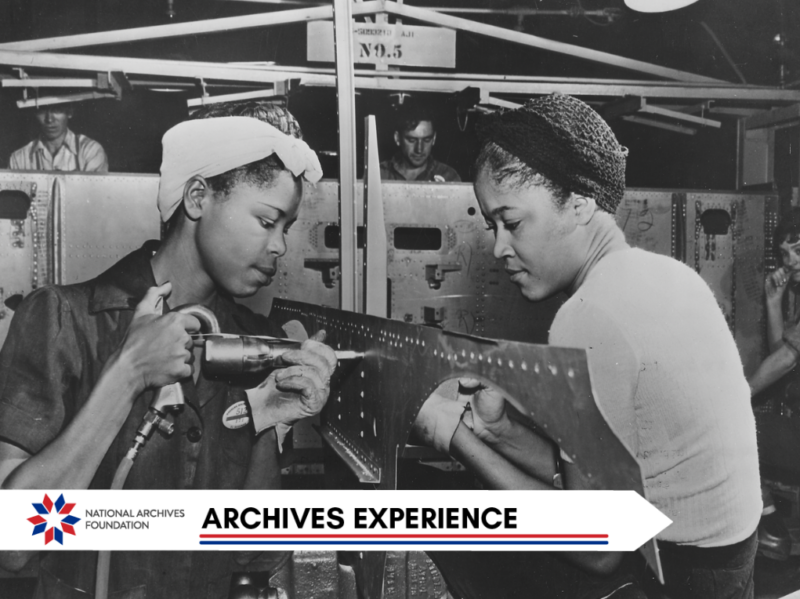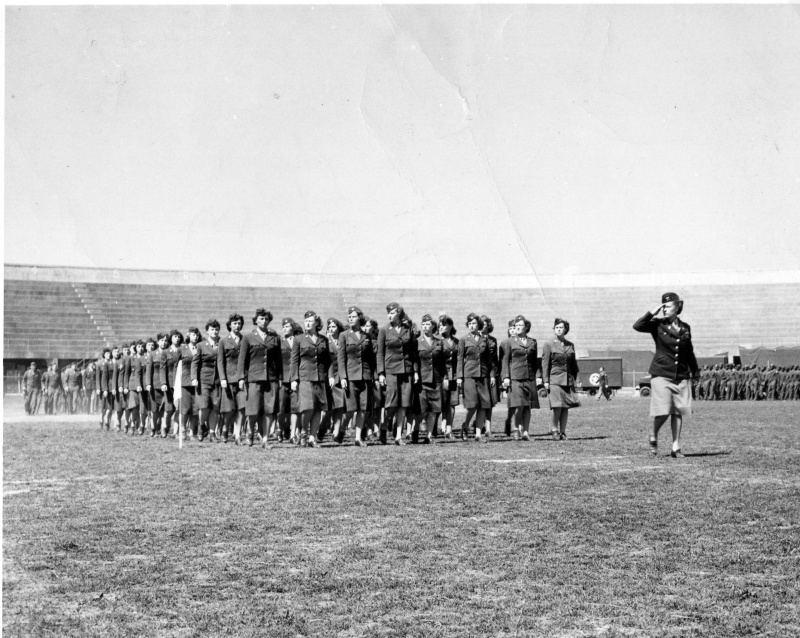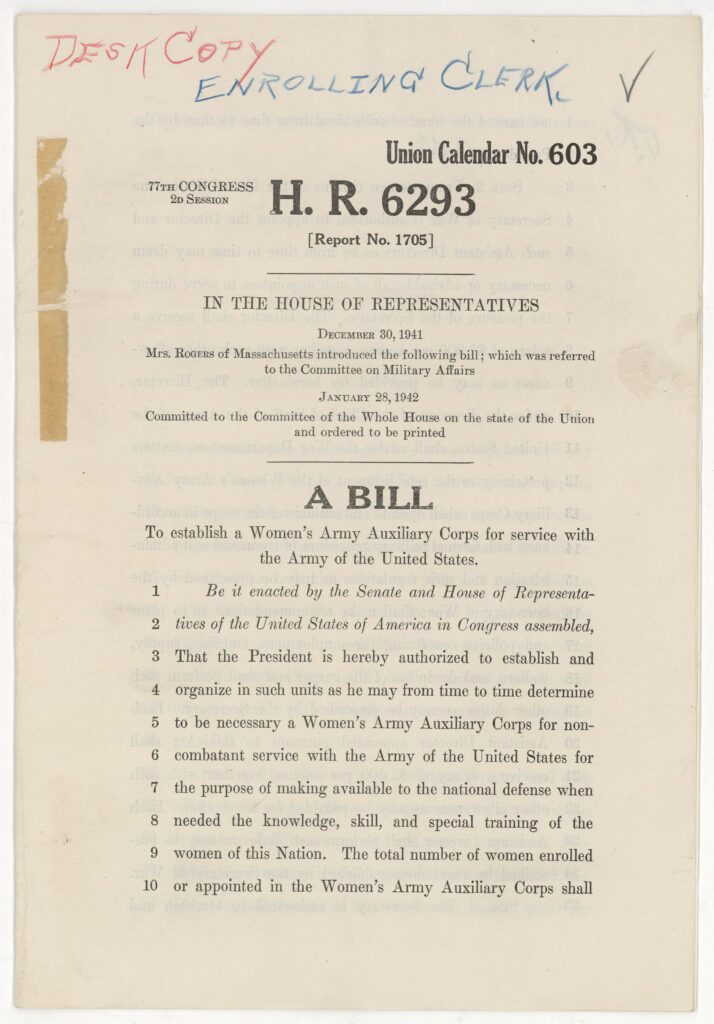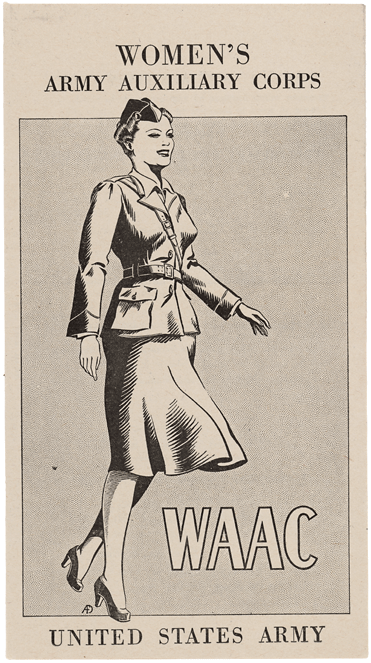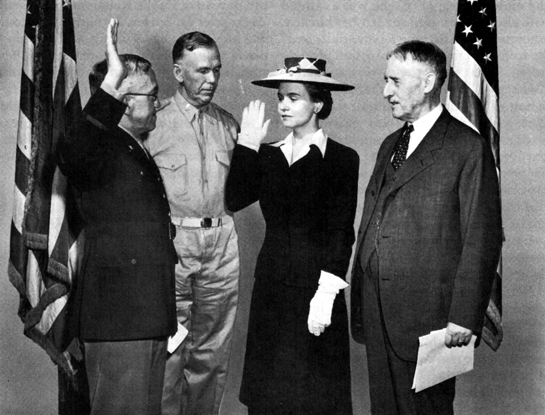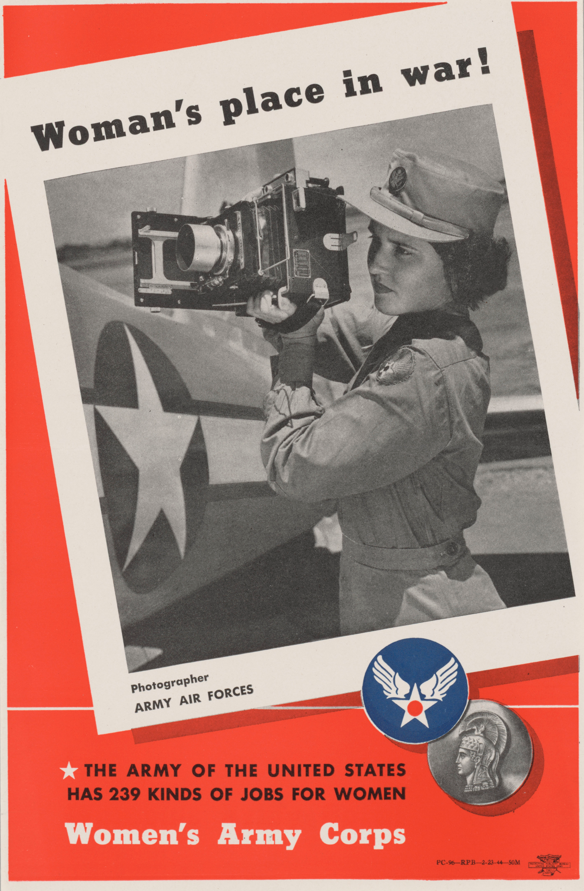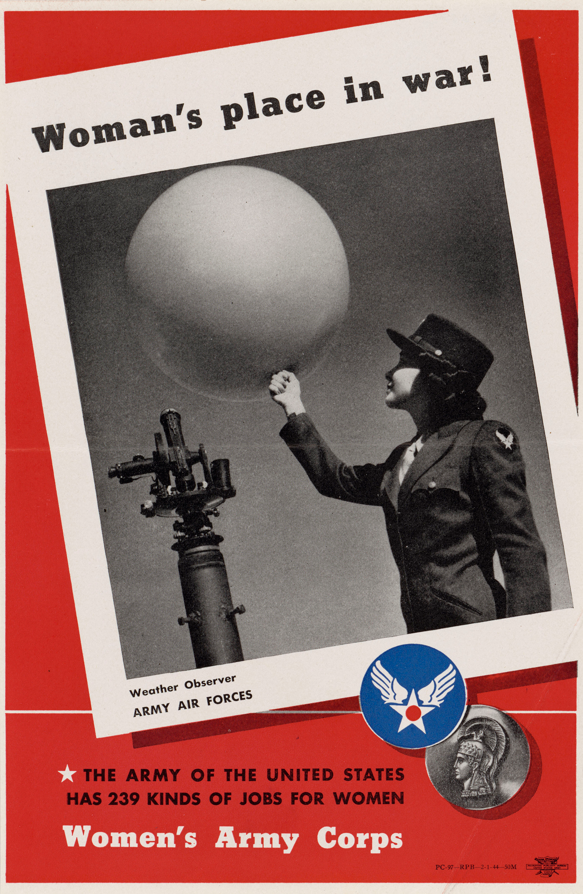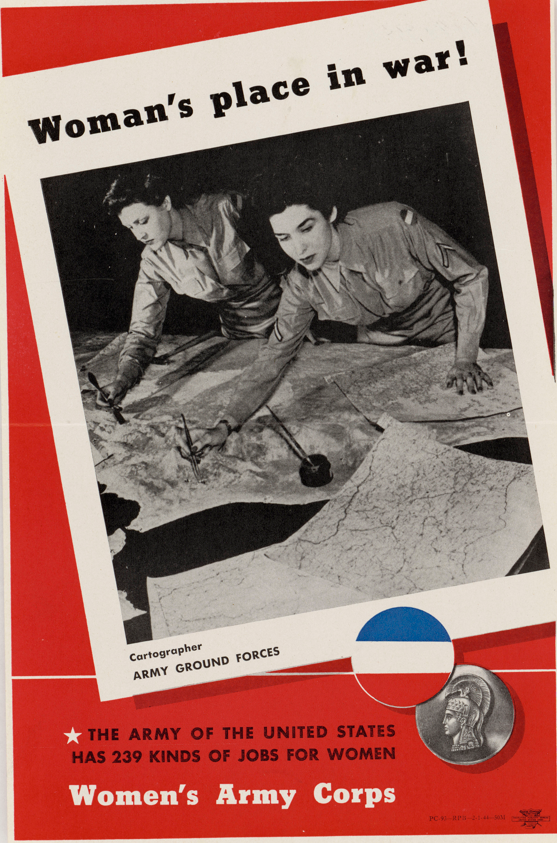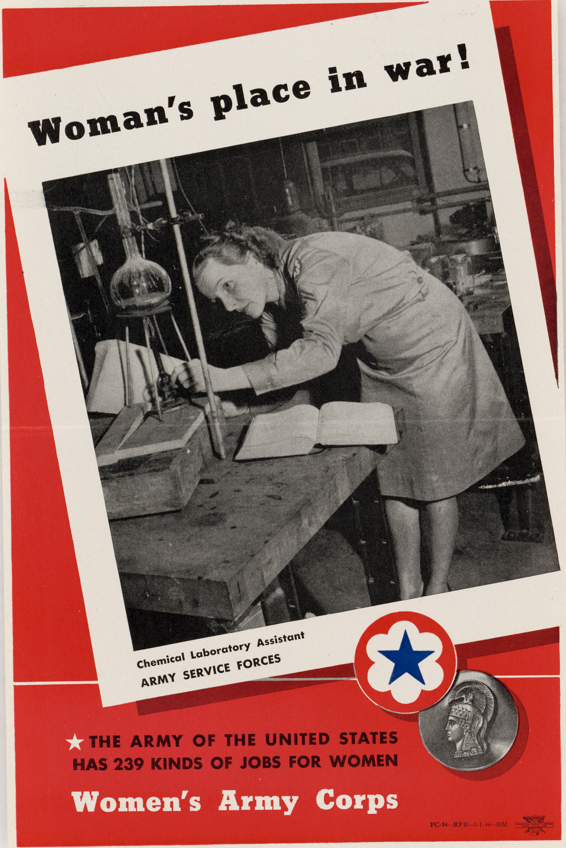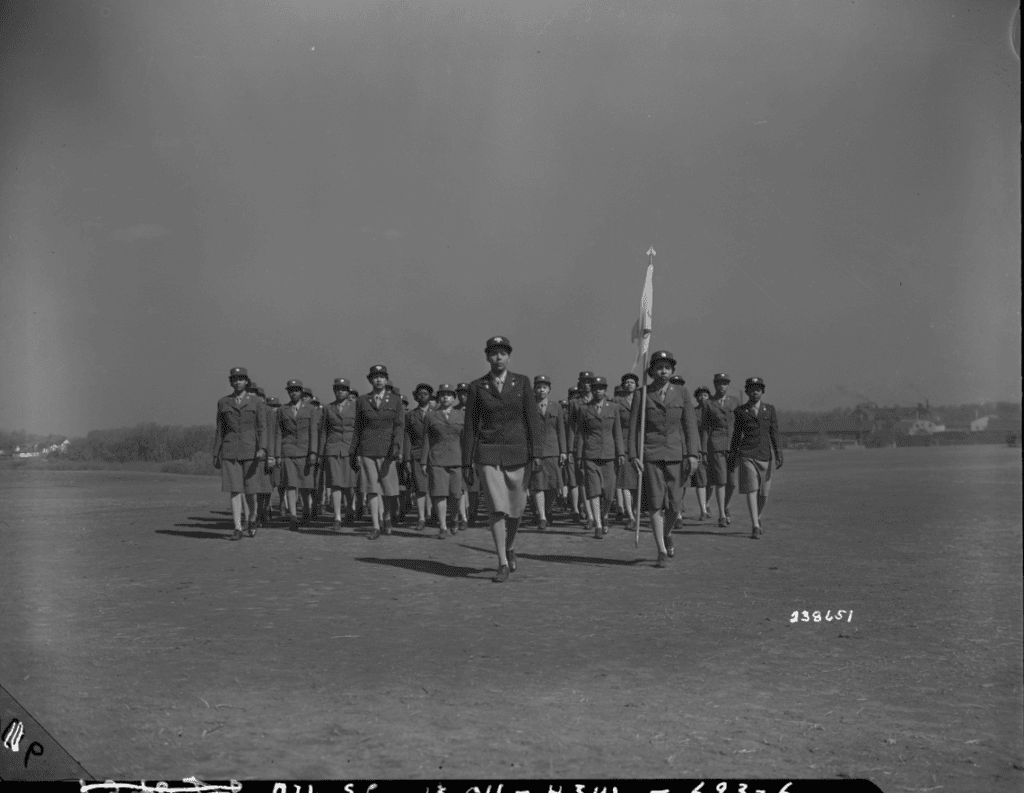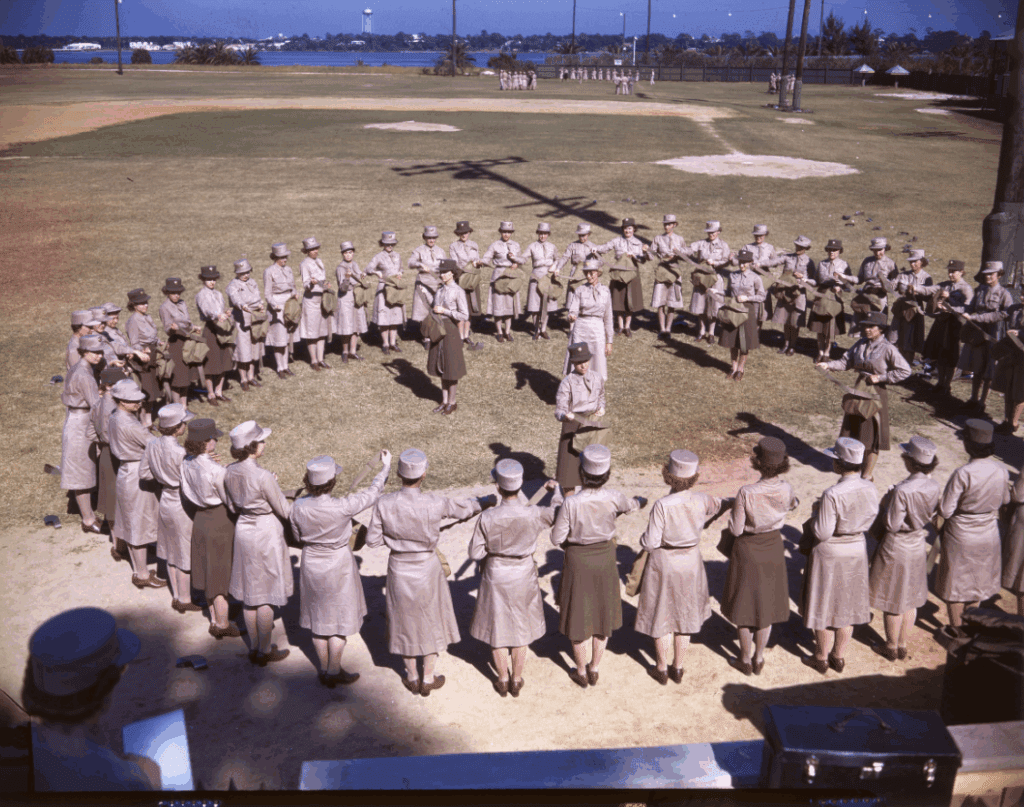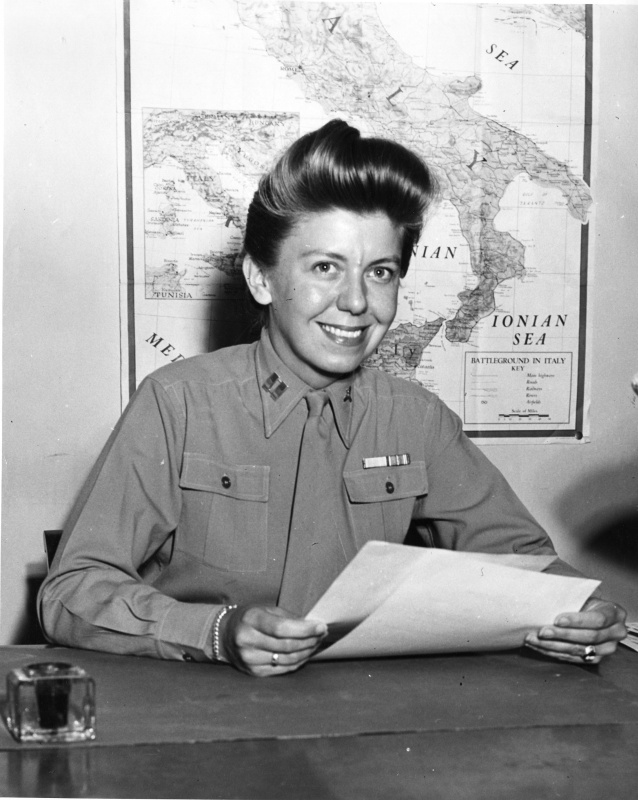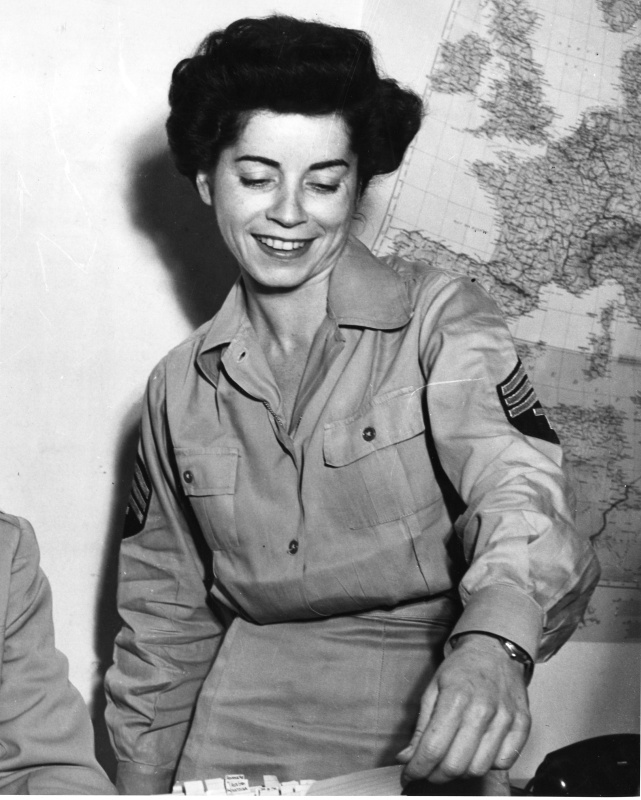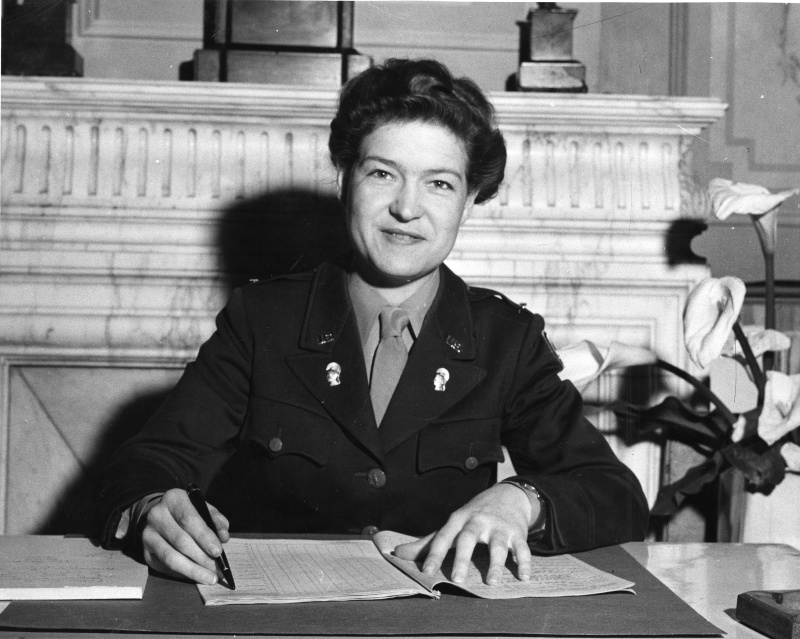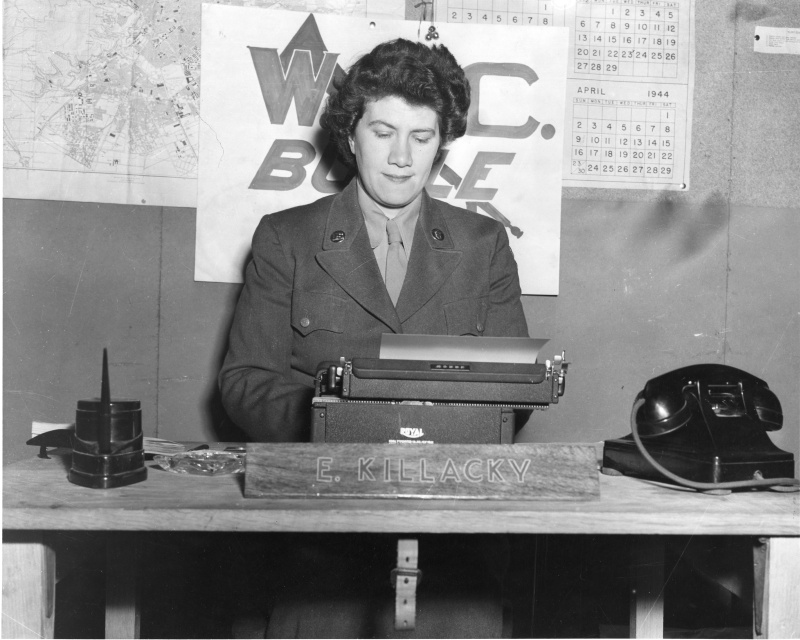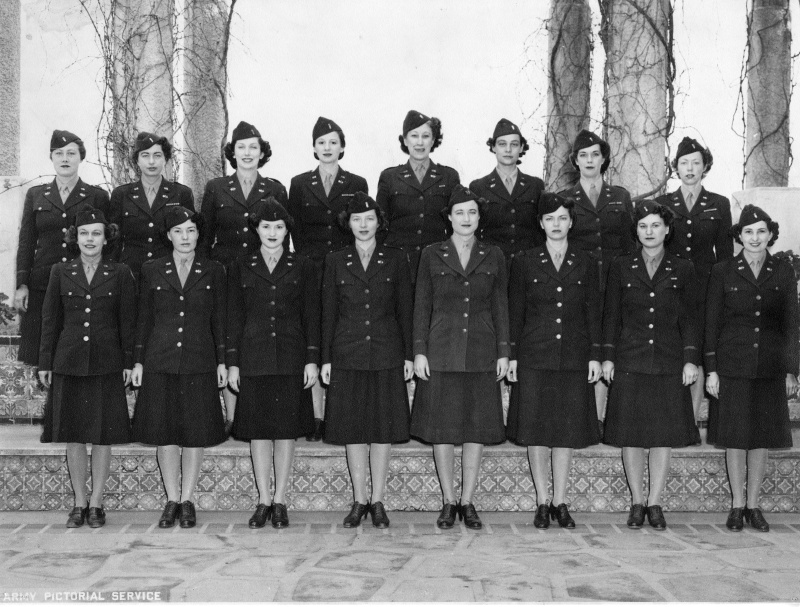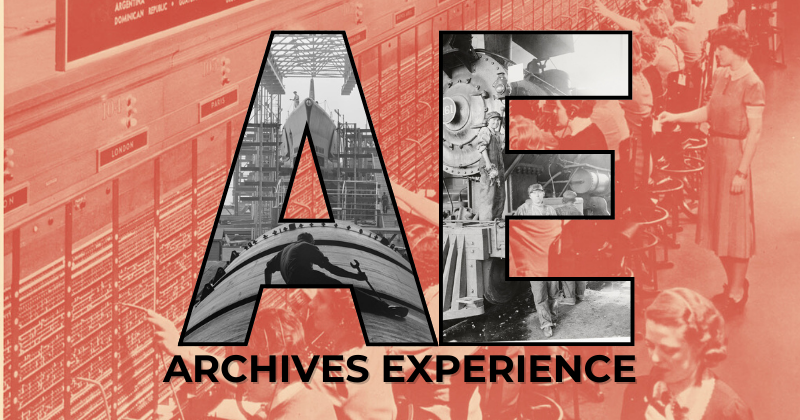Marching into History: The Women’s Army Corps
This month we celebrate the founding of the Women’s Army Corps (WAC), the women’s branch of the United States Army established on May 15, 1942. In the middle of World War II, American women were called to serve in noncombat roles to aid the war effort.
The year 2025 marks the 250th anniversary of several branches of the U.S. military, including the Army, Navy, and Marine Corps. In honor of this important commemoration, let’s take a closer look at the 150,000 women who served in the WAC during World War II and paved the way for future generations of women in the military.
Establishing the Corps
Before the United States entered World War II, the only women officially in the military were Army and Navy nurses. After learning that other Allied countries had recruited women to support their war efforts, one woman sought to change that. In May 1941, Representative Edith Nourse Rogers of Massachusetts, the first Congresswoman ever from New England, introduced H.R. 6293 to establish the Women’s Army Auxiliary Corps (WAAC). After Pearl Harbor was bombed in December 1941, the act regained traction and was signed by President Franklin D. Roosevelt on May 15, 1942. The legislation granted American women official military status and invited them to serve in noncombat roles—from switchboard operators to photographers, typists, medical personnel, mechanics, clerks, and more.
Recruiting Women to the War Effort
The U.S. Army immediately began recruiting American women to join the WAAC. The first director, Oveta Culp Hobby, traveled across the United States to encourage thousands of women to enlist. Female enlistees were to be of “good health and character,” be between 5 and 6 feet tall, weigh 105 to 200 pounds, and had to have completed high school.
Recruitment efforts—which emphasized patriotism and service—exceeded expectations, and within the first year, over 60,000 women had enrolled. In 1943, the WAAC transitioned to full military status and became the Women’s Army Corps (removing the “auxiliary”), with female soldiers receiving many of the same benefits as their male counterparts.
Women were recruited to diverse, noncombat positions. Just a few examples are shown below.
Although women of diverse backgrounds enlisted, the WAC was segregated, and minority women had limited opportunities. In early 1945, the 6888th Central Postal Directory Battalion became the only WAC unit composed of Black and Latina women to serve overseas during the war. Highlighted in the recently released movie The Six Triple Eight (2024), these women were responsible for redirecting mail to more than seven million U.S. personnel. You can read more about the battalion’s story here.
Women’s Permanent Integration into the Military
The WACs—as they were called—significantly contributed to the war effort, providing crucial clerical, administrative, and technical services. WACs served in various theaters of the war, including North Africa, Europe, the Pacific, and India.
After World War II, the WAC was initially set to be dissolved in 1948, until Army leaders stepped up to permanently integrate the corps into its ranks. In 1946, General Eisenhower (the future President Dwight D. Eisenhower) advocated for the WAC Integration Act of 1947. Only a portion of this bill was passed; however, in 1948, the Women’s Armed Services Integration Act allowed women to serve as permanent, regular members of the Army, Navy, Marine Corps, and Air Force. The WAC was disbanded when President Jimmy Carter signed Public Law 95-485, which fully integrated women into the Army.
A Lasting Legacy
Although the WAC was the first women’s corps to serve in the U.S. Army, this was not the first time women were called to serve. In fact, 20,000 women assisted the Continental Army during the American Revolution, and thousands served in the Signal Corps as switchboard operators (called “Hello Girls”) during World War I. However, the WAC represents the first step to formally integrating women into military service, inspiring future generations of women to serve in the U.S. military.
You can find more records and resources related to women in the military here.
Related Content

Rolling Along: The U.S. Army at 250
